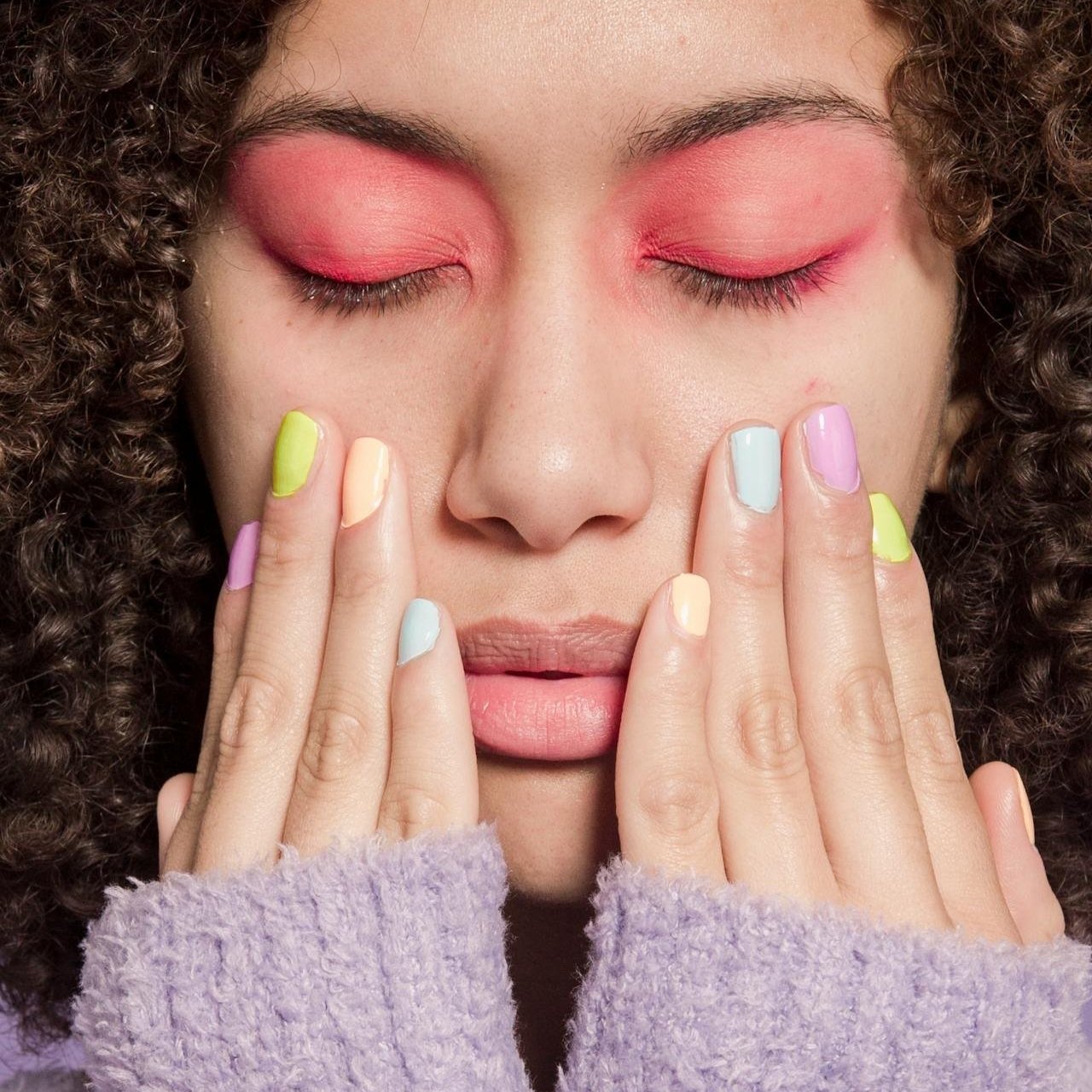The Mental Health Toll of Underrepresentation: Lesbians and Media
Media holds a lot of sway when it comes to shaping our beliefs and views. Lack of representation in media negatively affects the mental health of lesbians. It may seem like a small issue, but it has far-reaching implications.
Limited Lesbian Representation In Media
The truth is, there aren't enough lesbian characters in media. In 2020, only 9.1% of TV characters were LGBTQ+, and lesbian characters made up only a small part of that. But the scarcity of lesbian characters on screen isn't just about numbers. It's a complex mental health challenge. While gay men are fairly visible in movies and shows, lesbians often face exclusion and misrepresentation. This lack of visibility can make lesbians feel unimportant, harming our self-esteem and sense of belonging. In other words, if you can't see it, you can't be it. And that's a big problem for queer women.
Why Inclusive Stories Matter
Media has a significant role in changing perceptions and building understanding. When media positively portrays the experiences, relationships, and identities of lesbians, it validates our lives, offers hope and enhances mental wellness and a sense of belonging. When it does the opposite, it takes a harsh toll.
The Tragic History of Lesbian Characters in Media: From Hayes Code to Moral Panic
The portrayal of lesbian characters in media has a long and rocky history, marked by a trend of tragic endings. To understand this pattern, we need to journey back to a darker era of cinema.
The Hayes Code and Suppression
In the early days of Hollywood, the infamous Hayes Code reigned. This rigid set of moral guidelines, established in the 1930s, served as a self-censorship mechanism for the film industry. It aimed to maintain conservative values and uphold traditional family structure. Under the Hayes Code, any form of LGBTQ+ representation was forbidden. Lesbian characters, if they made it onto the screen at all, were portrayed as villains, or "redeemed" through relationships with men.
The Birth of Moral Panic
The social and political climate of the mid-20th century added fuel to the fire. The Cold War era was fraught with suspicion and fear, and sexual minorities, including lesbians, became targets of moral panic. The prevailing belief was that non-hetero identities posed a threat to the social order.
The Tragic Lesbian Trope
This moral panic gave birth to a troubling trope in media: the tragic end for lesbian characters. For decades, lesbian characters met grim fates. From suicide to murder, on-screen depictions perpetuated harmful stereotypes and stigmatized lesbian identities. The narrative was that deviation from heterosexuality would lead to suffering and demise.
Slow Progress and Pushback
As societal attitudes began to evolve, so did portrayals of lesbian characters. The women's liberation movement and the broader LGBTQ+ rights movement of the late 20th century brought about some change. More nuanced and realistic depictions of lesbians began to emerge. But it was hard to shake off the ingrained stories set forth by the Hayes Code and Moral Panic. We still see so much suffering and pain for lesbian characters.
An Ongoing Negative Trend For Lesbian Characters
Think quickly - how many lesbian characters can you think of who got a happy ending? Not many. If you can think of three, you're probably consuming a good deal of LGBT media. If you're watching mainstream media, good luck!
Many lesbian characters in media still often have tragic endings. It's true that characters of all orientations suffer and die in media. But when the only portrayals of people like you are filled with pain and sorrow, it's hard to stay hopeful.
High Profile Examples of Tragic Lesbian Character Endings
Let's look at three of the highest profile examples of this ongoing trope from the last 20 years:
Willow and Tara from "Buffy the Vampire Slayer": A Groundbreaking - And Heartbreaking - Love Story
Willow and Tara's love story in "Buffy the Vampire Slayer" was one of the first onscreen relationships between women that wasn't relegated to subtext. Buffy had a large fanbase of queer women who had been galvanized by seeing a happy depiction of themselves for the first time. But it ended tragically. Tara's character was hit by a stray bullet moments after she and Willow had sex for the first time. The collective shock and despair was dramatic. Ask a queer woman who watched Buffy about it - she'll tell you she still remembers who upsetting it was. The feelings of devastation and betrayal were real. The producers and writers received a flood of mail, all decrying the flippant way the story was ended. This speaks to how deeply affected lesbian viewers were by Tara's death. It’s also worth noting that while many characters were brought back to life by magic in the series, including most love interests, Tara never was.
Lexa from "The 100": A Short-Lived Hope
Lexa from "The 100," played by Alycia Debnam-Carey, was a character who briefly gave hope for better lesbian representation. She was a complex, well-developed character given a significant story separate from her orientation. Her arc spanned several seasons and she was integral to the plot. She was also paired romantically with the show's main female character, Clarke. But her story followed the same tragic pattern as Willow and Tara. Lexa died minutes after consummating her relationship with Clarke, hit by a stray bullet.
The fanbase for the show was outraged, particularly because they had been reassured by producers and writers of the show that the storyline would not follow the tragic trope. This time, media critics and industry leaders took note. Lexa's death created greater public awareness of the harm caused by negative tropes. But to this day, we've had few well-developed lesbian characters receive happy endings.
Poussey Washington on "Orange Is The New Black": A Complex Intersection of Identities and Timing
Poussey Washington, played by Samira Wiley, is a Black lesbian whose story weaves together race, orientation, and systemic injustice.
As a Black lesbian, Poussey faced the compounded challenges of racism and homophobia within the prison system. Her character was beloved by audiences and characters on the show. Poussey's storyline took a tragic turn when she was killed by a prison guard during a cafeteria riot, asphyxiated by too much pressure on her neck. As a peace-loving, affectionate character, her death was meant to highlight the brutality of police violence. But it was poorly received and ultimately fell flat. This was in part because her death came only one week after the devastating real-world Pulse nightclub shooting. LGBT audiences were not keen to be re-traumatized in entertainment. The decision to air the series at that time calls into question the judgment of networks who do not consider the context of upsetting material when paired with real world events.
Queer audiences don't want more shock and violence as political commentary. We want representation that gives hope in a world already plagued with violence and racism. Media has the power to change minds and hearts, and yet media has done so little to uplift the lesbian community.
The Emotional Impact of Poor Representation for Lesbians
These examples show how not seeing ourselves represented positively in media can affect lesbians. It makes us doubt ourselves and feel stigmatized and disconnected. It raises questions about the worth of our emotions, relationships, and dreams.
The Toll on Lesbian Mental Health
The absence of good representation takes a toll on the mental health of lesbian women. When we see our identities and experiences misrepresented, ignored, or stigmatized, it fosters self-doubt. It compounds with an pre-existing internalized homophobia. The absence of positive, relatable portrayals creates a profound sense of alienation, leading to questions about the validity of our emotions, relationships, and aspirations. This isn't just an inconvenience or disappointment. It's a public health issue.
Changing the Narrative for Lesbians On and Off Screen
The power of media is immense; it shapes not only how we perceive the world but also how we perceive ourselves. As we continue to fight for LGBTQ+ equality, media plays a big role in shaping perceptions and fostering understanding. It provides a platform for diverse and positive representations to thrive.
Accurate and positive representation in media tells us that our experiences, relationships, and identities are valid and worthy of celebration. The impact of underrepresentation in media on the mental health of lesbian women is a call to action. Inclusivity benefits us all.
Lesbian Therapy In San Francisco, Los Angeles, and throughout California and Florida
Seeking support and a safe space to discuss your mental health as a lesbian? Therapy can empower you to navigate life's challenges and embrace your true self. Take the first step towards better mental well-being today.




















